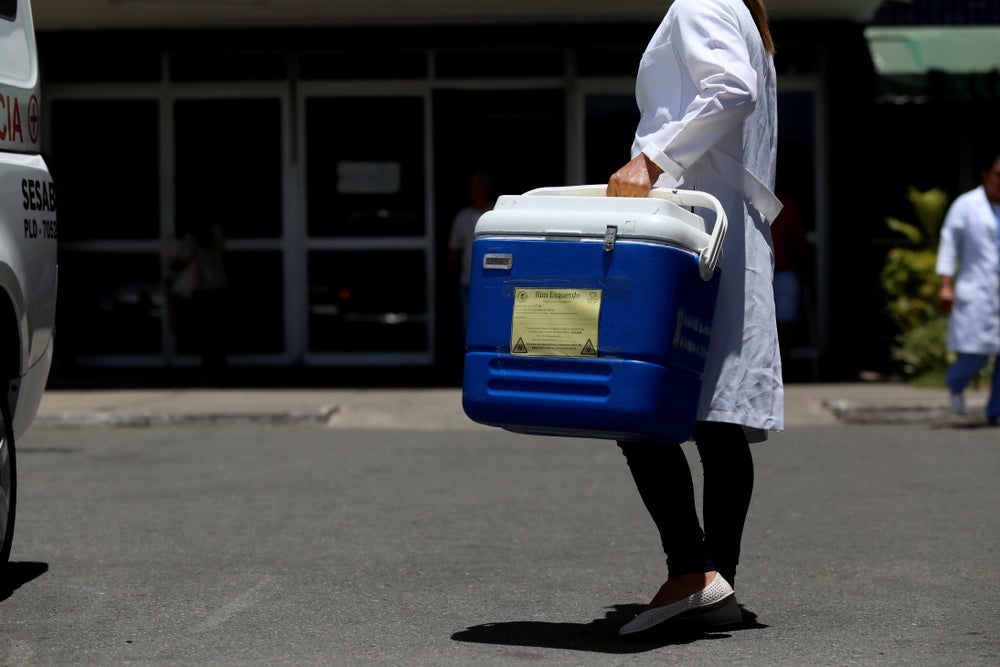
A new method for transporting, monitoring and protecting donated organs has helped facilitate a successful transplant after a liver travelled 1,200 miles from Puerto Rico to Florida.
Massuchusetts, US-based Paragonix, has debuted its newest organ preservation system in the territory as they work alongside non-profits to ensure an urgently needed liver made it to its destination undamaged.
The Paragonix LIVERguard system is an FDA-cleared device designed to preserve livers optimally in hopes of surpassing the classic method of utilising ice and a cooler box.
The transport was supported by a Puerto Rico-based non-profit organisation called Life Link Puerto Rico. The group works to ensure that donated organs reach their intended destination on the island, or in this case, if no suitable receiver on the island is found, to someone on the US mainland.
Guillermina Sanchez, executive director of LifeLink of Puerto Rico, said: “We are dedicated to providing our transplant partners with cutting-edge and innovative technologies that can ensure optimal results for the patients under our care.
“Embracing this state-of-the-art preservation technology, alongside the clinical assistance provided by Paragonix, and our local recovery teams, aligns with our goal to improve lives by facilitating organ recovery for transplantation.”
According to Paragonix, the LIVERguard system includes many of the features the company prides itself on, such as access real-time data on the device including a GPS tracker which tells the user exactly where the organ is at any given time.
Dr Lisa Anderson, president and CEO of Paragonix Technologies added: “These intricate and demanding medical scenarios motivate our team to exceed expectations for both recipients and donors.
“The successful transport of a preserved donor organ from LifeLink of Puerto Rico to Florida underscores the hurdles that Organ Procurement Organizations and transplant centres conquer to securely deliver the precious gift of life. We take immense pride in contributing to these lifesaving procedures.”







